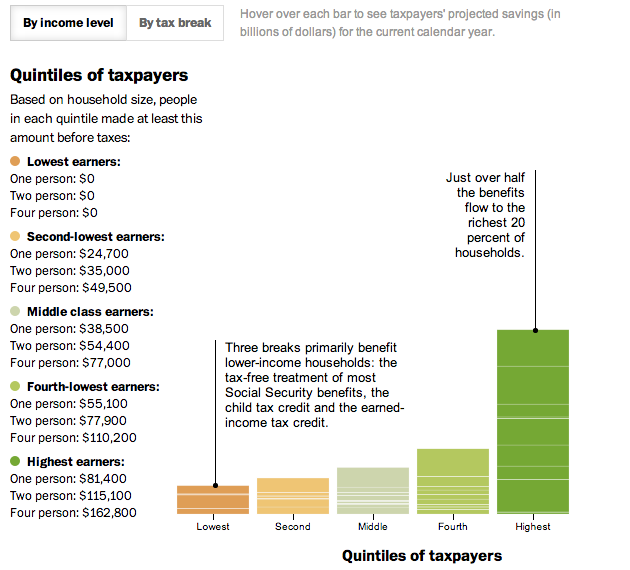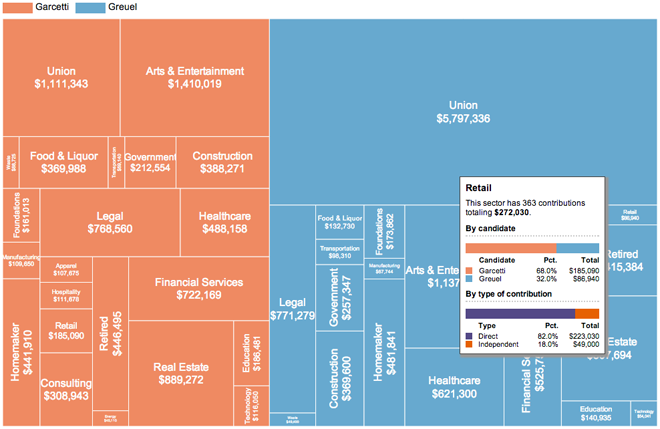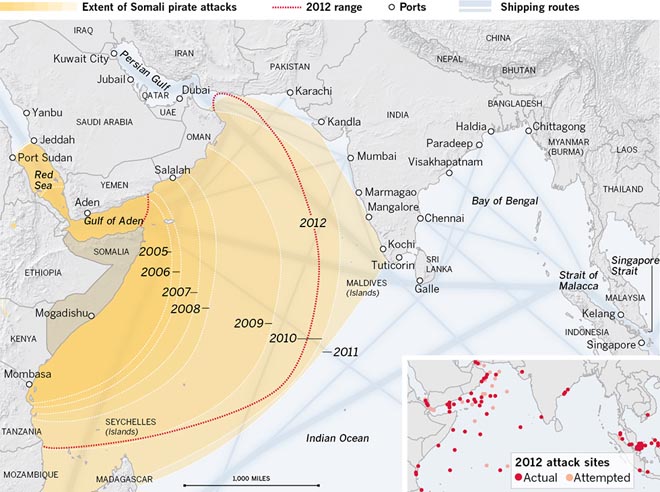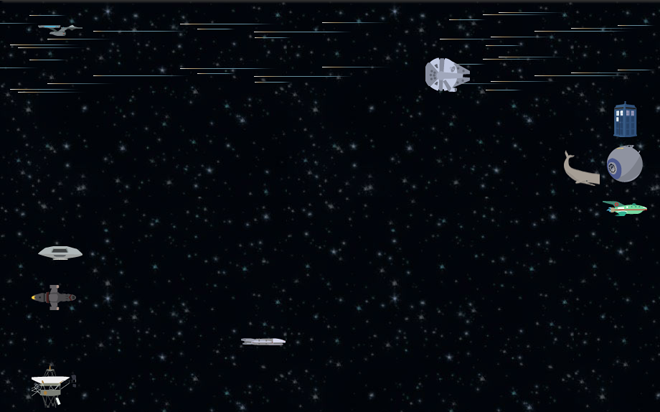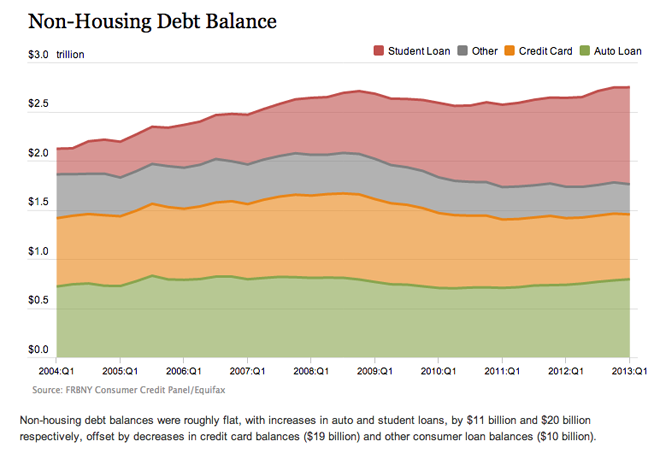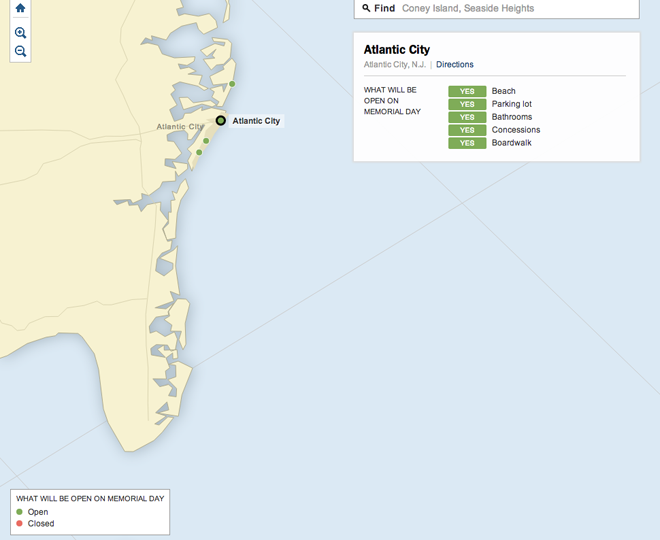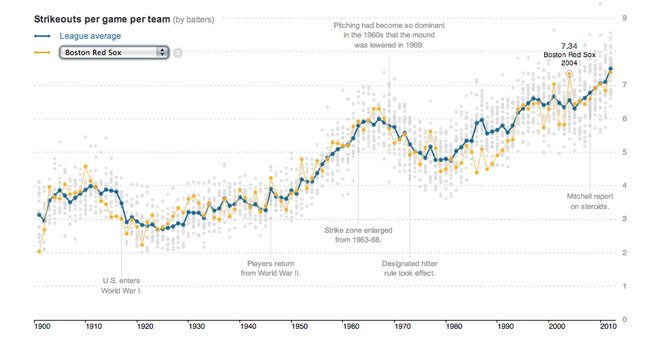The Supreme Court issues its rulings usually on, if I recall, Mondays and Thursday. And you know what today is, right? One of the last Thursday sessions of the current sitting. So…if not this week then next week the Supreme Court will (likely) rule on several big, hairy, tangly cases. One of those issues, but two of the cases, is same sex marriage. Specifically, a ruling on California’s Proposition 8 and another on the Defence of Marriage Act.
Thankfully, the Washington Post has a great interactive piece that attempts to simplify and explain just how the possible rulings on each of the two cases would impact same sex marriages in all fifty states. Click around and read the explanations to see just how complicated the cases are, especially Prop 8.
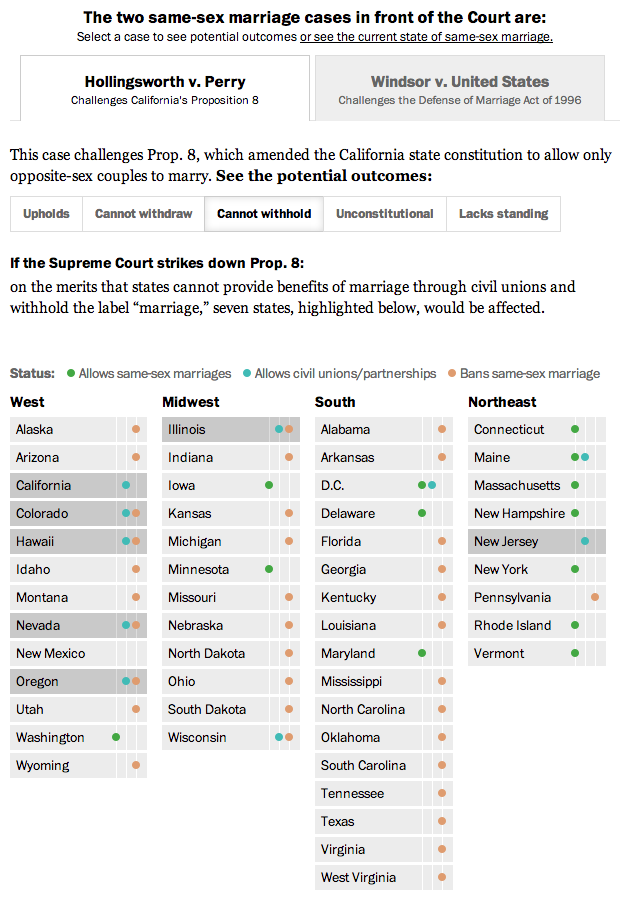
Credit for the piece goes to Masuma Ahuja, Robert Barnes, and Emily Chow.

